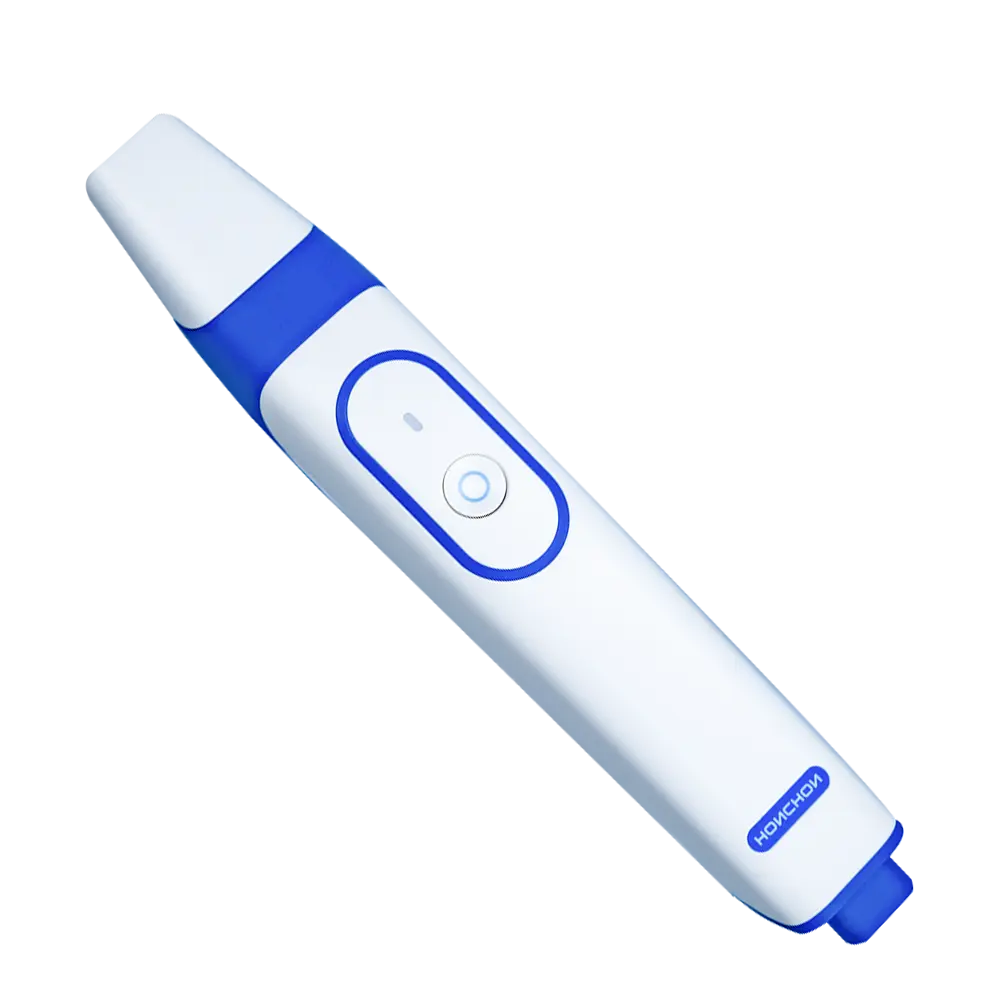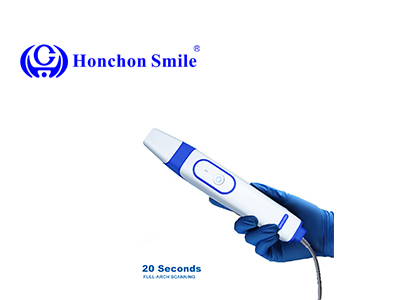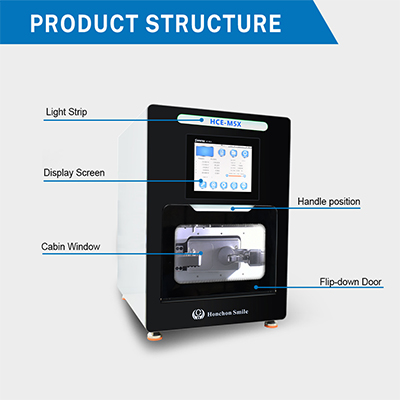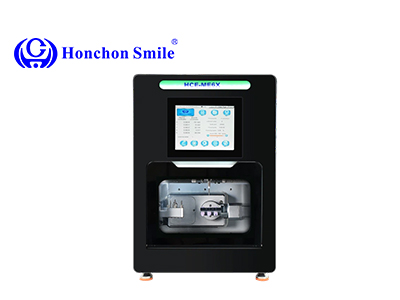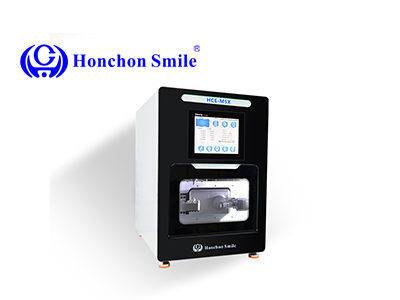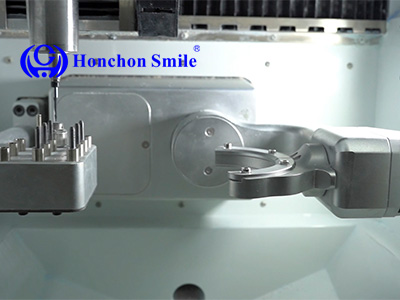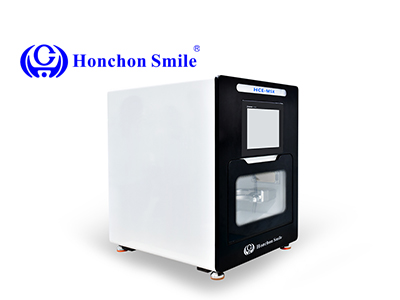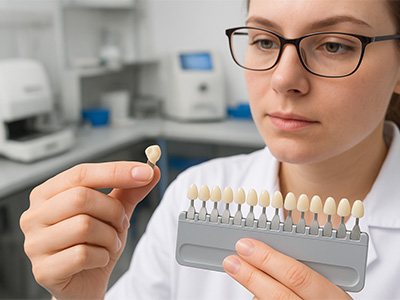Rethinking Dental Impressions: How Digital Scanning Is Changing Restorative Dentistry
2025-11-05
The way dentists capture impressions has come a long way. For decades, traditional impression materials and plaster models have been the foundation of restorative dentistry. While reliable, they often come with challenges—patient discomfort, material shrinkage, and time-consuming workflows.
Today, digital impression technology is transforming that process. It allows dental professionals to capture detailed 3D data of a patient’s mouth in minutes—without trays, without mess, and with far greater accuracy.
What Exactly Is Digital Impression Technology?
In simple terms, digital impression systems use optical scanners to record the shape of teeth and gums, creating a precise 3D model.
This model can then be used in CAD/CAM design software to plan restorations such as crowns, bridges, veneers, and implant prosthetics.
There are two main approaches to acquiring digital impressions:
Intraoral Scanning (Direct Method)
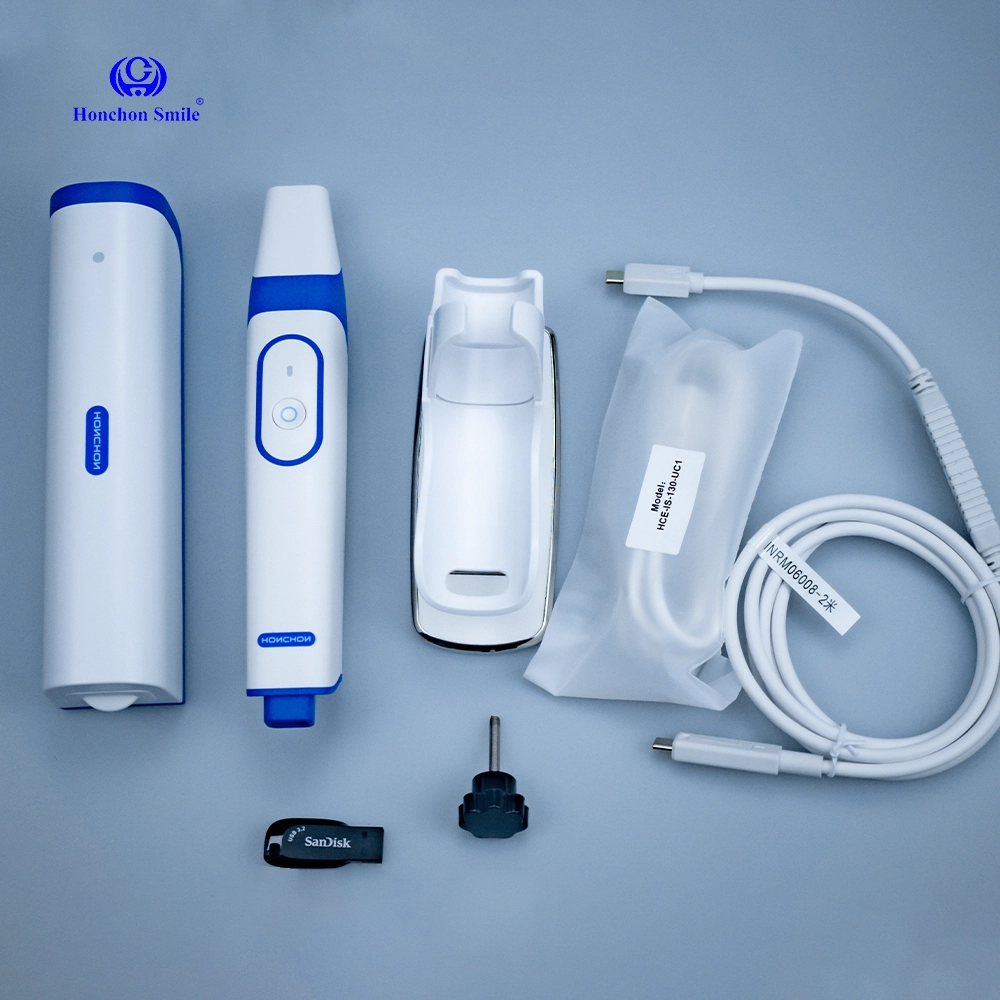
The dentist scans the patient’s mouth directly, capturing live digital data. It’s fast, comfortable, and ideal for chairside workflows.
For example, the HONCHON intraoral scanner is designed for smooth, real-time scanning with vivid color and precise detail, making the process efficient for both dentists and patients.
Desktop Scanning (Indirect Method)

This method is often used in dental labs. Technicians scan existing models or impressions using a desktop scanner to create a digital file for design and milling.
The HONCHON desktop scanner provides stable, repeatable results, ideal for complex restorations and implant planning.
Why Clinics and Labs Are Switching to Digital
Digital impression systems are gaining popularity because they offer real advantages over traditional methods.
Greater Accuracy:
Optical scanning reduces errors caused by material deformation or handling.
Comfortable for Patients:
No trays, no gag reflex—just a simple scan.
Faster Turnaround:
Data can be transferred instantly to the lab or design software.
Easy Data Management:
Digital files are easy to store, replicate, and share.
Seamless Workflow:
When integrated with CAD/CAM milling and zirconia materials, digital impressions enable a complete digital production chain—from scan to final restoration.
Applications in Restorative Dentistry
Digital impression technology is now widely used across various restorative treatments:
Aesthetic Restorations
Accurate scans help design crowns and veneers that fit perfectly and look natural. When paired with high-quality zirconia materials, the result combines beauty and strength.
Implant Restorations
Digital impressions precisely record implant positions and soft-tissue contours, improving communication between clinicians and labs. The accuracy ensures long-term fit and stability.
Full-Arch and Edentulous Restorations
For full dentures or implant bridges, digital scans capture the fine details of soft tissues, helping labs produce restorations that fit comfortably with fewer adjustments.
Laboratory Workflows
Desktop scanners allow labs to digitize traditional models, optimizing production efficiency while maintaining consistent precision.
A Look Toward the Future
Digital impression technology is not just a tool—it’s the beginning of a fully digital dental workflow.
From the initial scan to CAD/CAM milling, it connects clinics and labs in ways that were not possible before.
Brands like HONCHON continue to develop user-friendly intraoral and desktop scanners that integrate seamlessly with digital materials such as zirconia blocks and milling burs—helping dental professionals achieve efficiency and precision without complicating their workflow.
As more clinics move toward digital dentistry, digital impression systems will play a central role in improving patient experience, reducing turnaround time, and enhancing restorative accuracy.
Final Thoughts
Digital impression technology marks a turning point in modern dentistry.
It replaces messy, manual processes with clean, accurate, and efficient digital workflows.
Whether in the clinic or the lab, tools like the HONCHON intraoral and desktop scanners help professionals simplify work, reduce remakes, and deliver restorations that fit beautifully—every single time.


